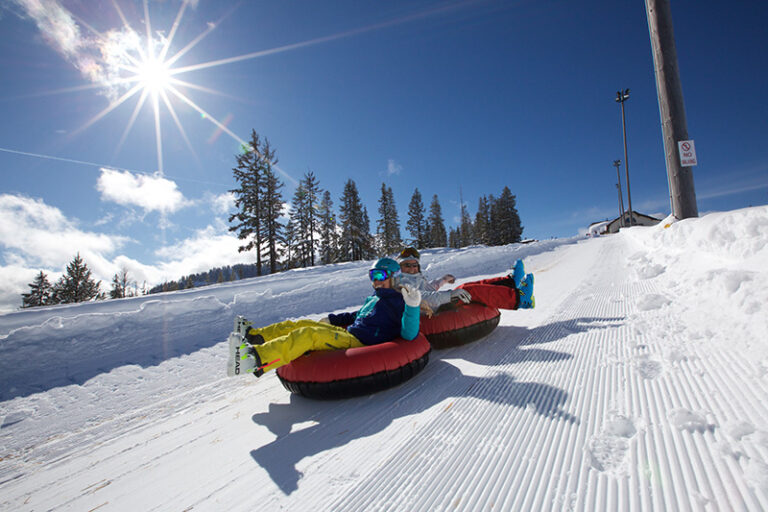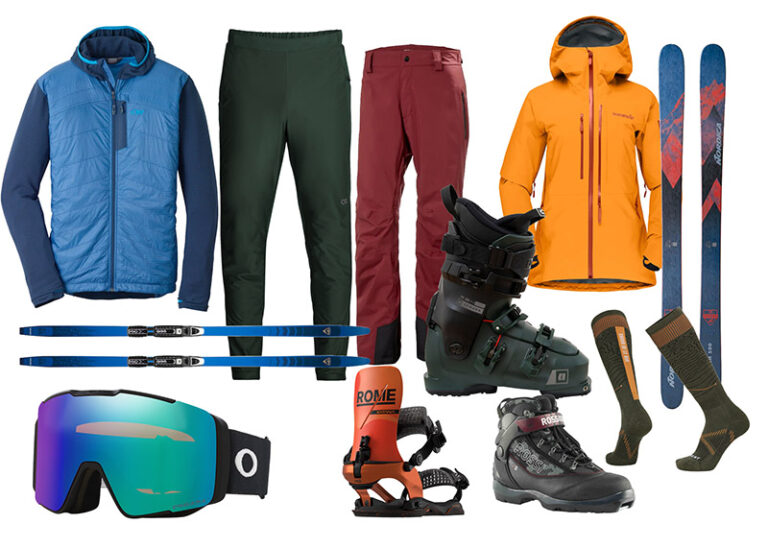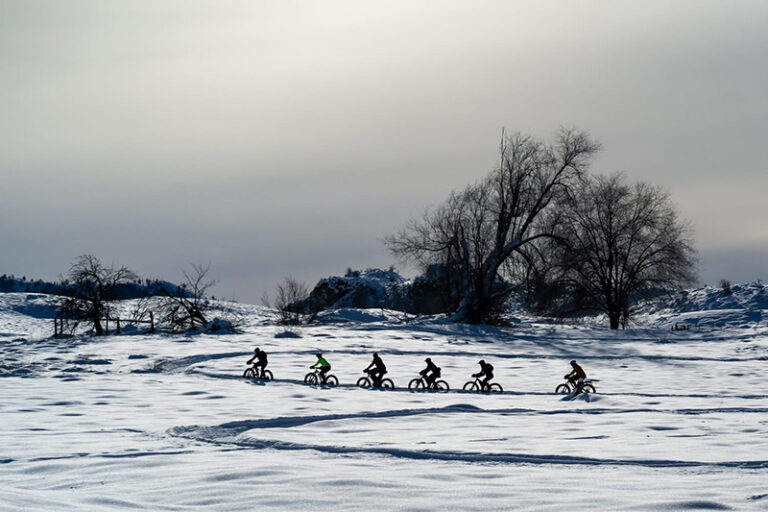By Sam Mace
Fishermen, recreation businesses, and friends of Northwest rivers welcomed two recent developments in a year of little good news for Snake River salmon and steelhead.
Returns of wild fish up the Snake to their home in Idaho are so meager that fisheries have already closed, affecting outfitters and rural communities throughout the basin. Mere hundreds of wild salmon and steelhead are returning to rivers where thousands should be. But there is reason for hope. Some cracks have appeared in the dam of opposition.
In recent months the salmon crisis has spurred action in both Washington and Idaho. First, as part of a package of actions to help starving southern resident killer whales, the Washington legislature earmarked $750,000 for a stakeholder forum. The forum will explore what investments would be needed if a decision were made to restore the lower Snake River.
The very same week, Congressman Mike Simpson, senior Idaho Republican, committed to restoring Idaho’s salmon in a keynote address at the Boise-based Andrus Center. Concerned about the future of the Bonneville Power Administration (BPA) and its ability to continue providing low-cost power to the region, Simpson proposed working on a plan to save both salmon and BPA by asking the “hard questions” and putting all options on the table.
Neither action endorsed dam removal. Both, however, were calls for an honest conversation about what river restoration and dam removal would mean for the region if it occurs. While many stakeholders have long called for an open and creative dialogue with ports, shippers, farmers, and others who use or rely on the river in one way or another, some have fought to stop any conversation where dam removal is even mentioned. Just last month, Reps. Cathy McMorris-Rodgers and Dan Newhouse launched a full-on campaign against Governor Inslee’s support for stakeholder talks in an attempt to silence any discussion of a future without the dams.
What are they so afraid of?
If, in fact, four aging dams on the lower Snake River are the linchpin of the regional economy as the opposition claims, an honest transition planning process would surely reflect that.
But what if transition planning shows we can affordably replace the declining transportation and energy benefits? That irrigation can continue with modest infrastructure investments? And what if it shows that a restored river, fisheries, and recreation economy would be an economic boon in towns from Riggins to Clarkston, Walla Walla to Tri-Cities, and reaching as far as Spokane?
We won’t know unless we, as Rep. Simpson has urged, “ask the hard questions.”
While the status quo may be working fine now for some ports, farmers, and irrigators, it’s not working well at all for our fisheries, the businesses that depend on them, the tribes that require them, and the recreational fishermen who live for catching them. More and more, it also is not working for BPA, on which so many of us depend for reliable, inexpensive, and clean power. In short, BPA is in a financial bind and the future does not look good.
The Inland Northwest should jump at the opportunity to reimagine the Snake River as it once was, and what a restored river could be. Done right, a stakeholder process would look both at how we replace the benefits of the dams and how we take advantage of the resources and amenities a restored lower Snake River would bring.
Imagine a free-flowing river coursing through a revitalized urban waterfront in downtown Clarkston/Lewiston, continuing 144 miles through the Palouse to Tri-Cities; more than 14,000 acres of riverfront land no longer under water, providing bird and wildlife habitat, hiking trails, hunting opportunities and camping; beautiful canyon walls, sweeping benches, river islands, and the Palouse River free flowing to its confluence with the Snake; boat launches supporting both motorized and non-motorized boating—and, let’s not forget the abundant fishing.
Perhaps there is a place for long-lost agriculture to return? Many small farming communities were inundated by the dams, drowning productive fruit orchards. And, we can’t forget this land first belonged to the tribes. What lands could be returned and restored for cultural and traditional uses? What investments could we provide to towns near the river so they could take advantage of the new recreation economy, predicted by various independent economists to generate hundreds of millions of dollars and more annually in Eastern Washington alone?
Elected leaders in both Washington and Idaho have opened up a public space for envisioning what the largest river restoration in history could bring to the culture and economy of the Inland Northwest. However, entrenched interests are working overtime to squash any questioning of business-as-usual, of envisioning another future—one that includes abundant salmon, a restored river, and thriving local economies. We can’t let them do that.
Originally published in the June 2019 issue.
Sam Mace is the Inland Northwest Director for Save Our Wild Salmon, a coalition of sport fishing groups and businesses, commercial fishing associations, and conservation organizations working to restore Columbia-Snake wild salmon and steelhead. She looks forward to one day launching on the Middle Fork of the Salmon River and boating and camping all the way to Pasco, Wash. Reach her at [email protected].
Read more articles about the Snake River and the plight of wild salmon in the OTO story archives.













